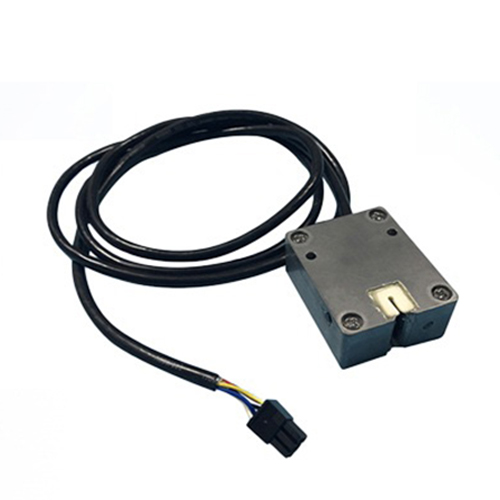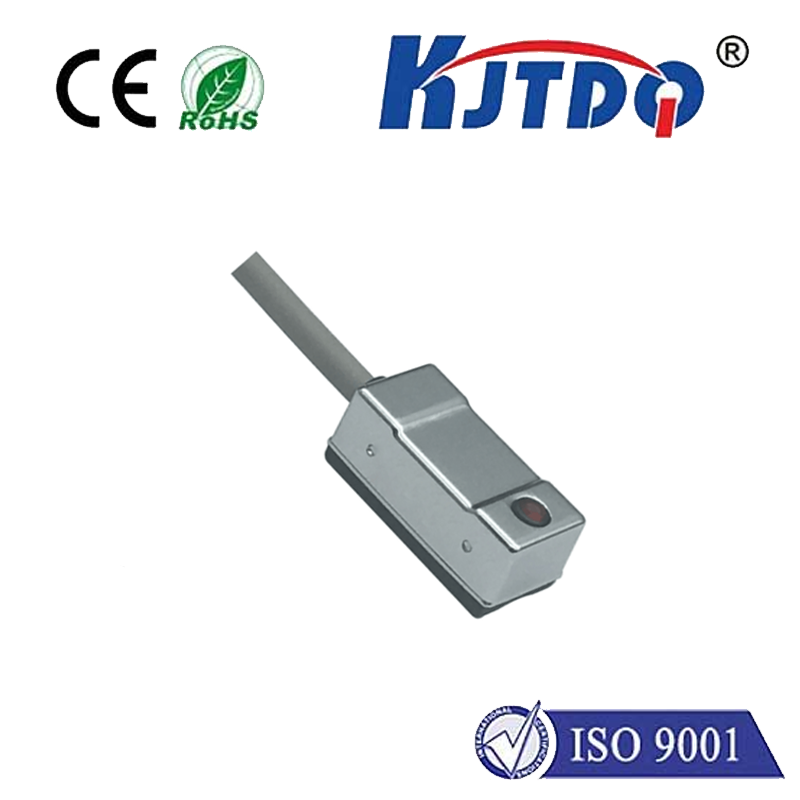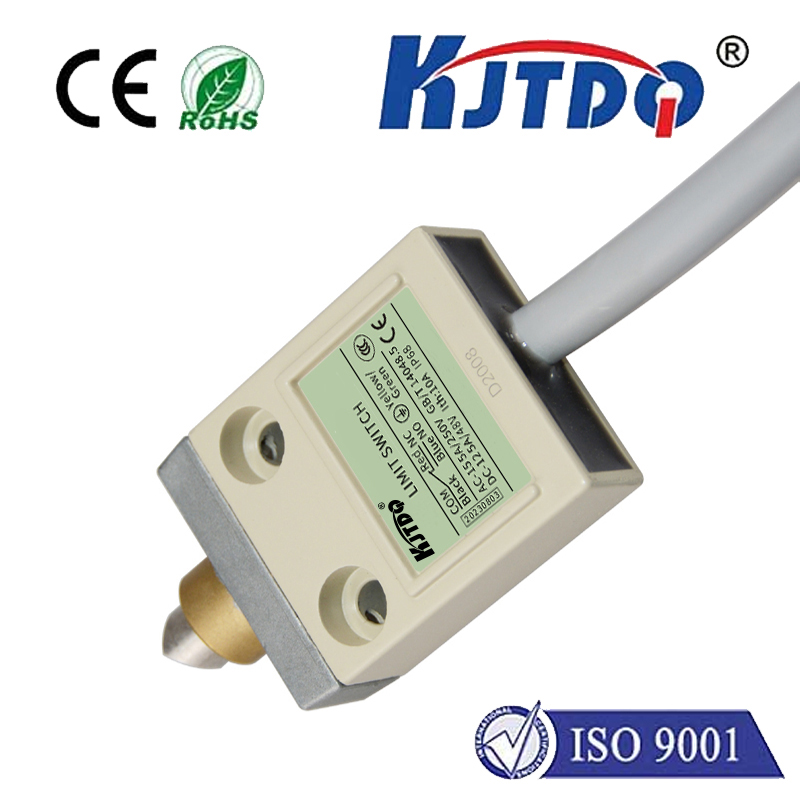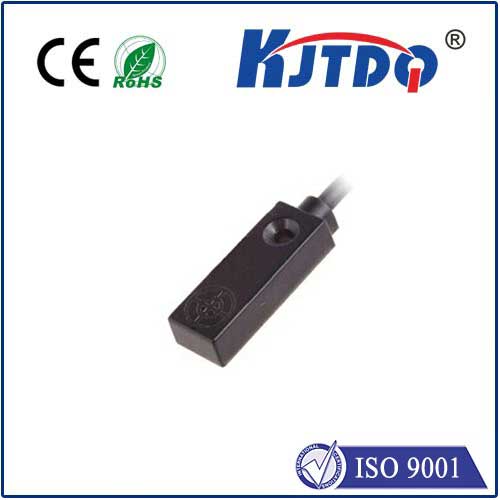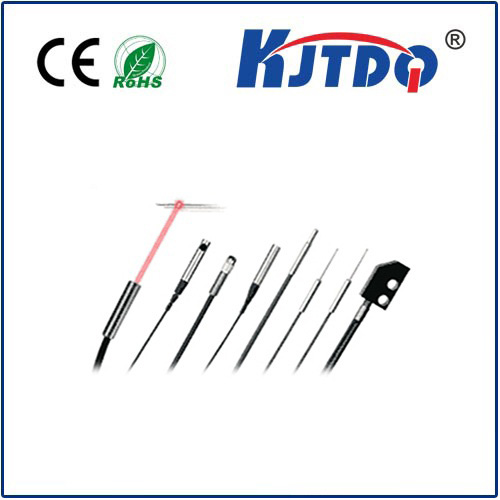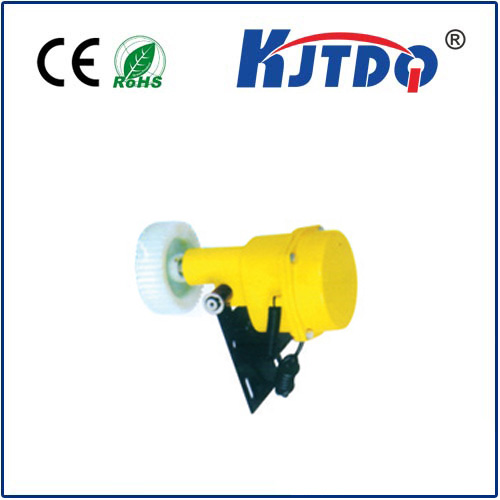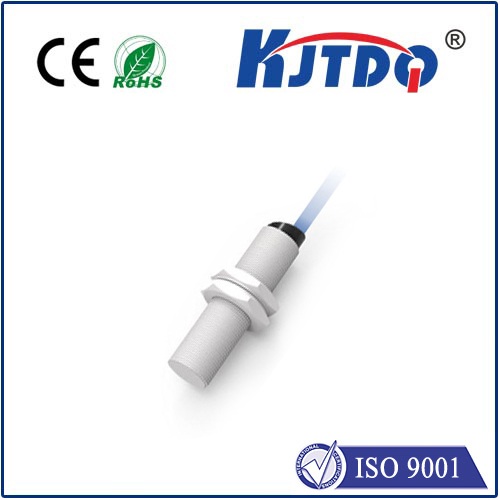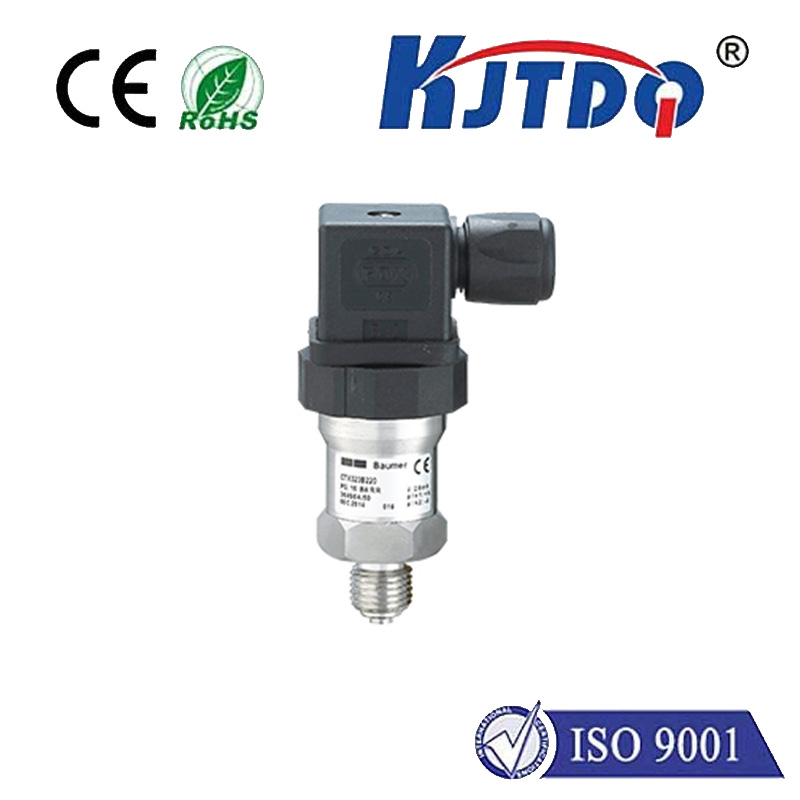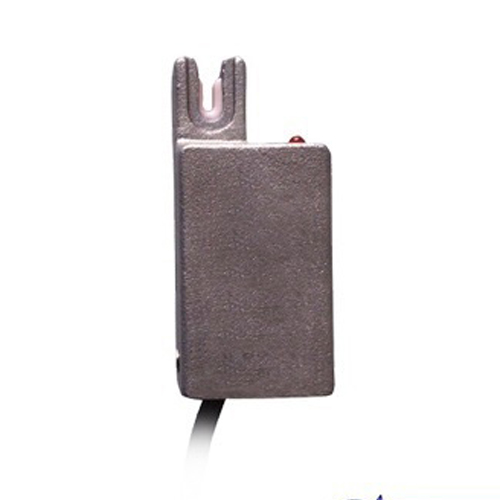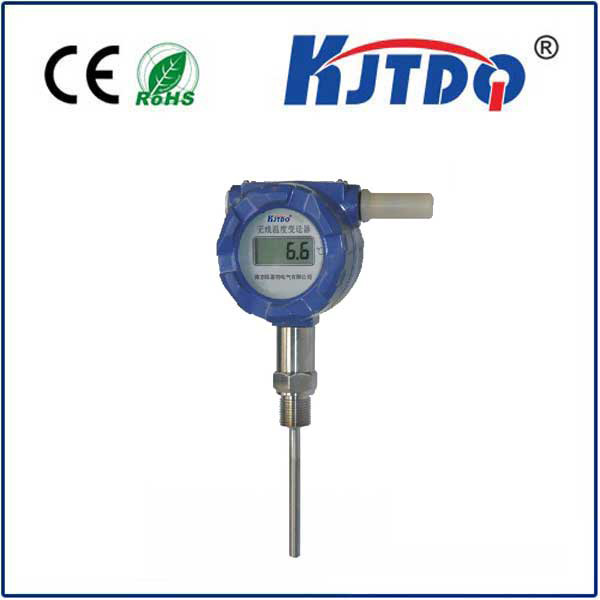solid state proximity switch
- time:2025-06-25 01:16:47
- Click:0
The Unsung Hero of Automation: How Solid State Proximity Switches Revolutionize Industrial Sensing
Imagine a factory line abruptly halting because a worn-out mechanical limit switch failed to detect a passing component. Downtime costs escalate, deadlines slip, and frustration mounts. This scenario was once commonplace, but the widespread adoption of solid state proximity switches, sometimes called solid-state sensors or non-contact sensors, has dramatically changed the game. These remarkable devices quietly monitor and control countless industrial processes, offering unparalleled reliability, longevity, and precision without physical contact. Understanding how they work and why they are vital unlocks the secret to robust, efficient automation.
Why Solid State Wins: Reliability Over Mechanics
Unlike their mechanical predecessors (like limit switches) that rely on physical levers or arms being pressed, solid state proximity switches have no moving parts. This single characteristic is revolutionary. Mechanical switches inevitably wear down due to friction, shock, and vibration – common factory enemies. Their solid state nature translates directly into:
- Exceptional Longevity: Often rated for tens of millions of operations.
- High Reliability: Dramatically reduced risk of failure due to wear and tear.
- Resilience: Immune to vibration and shock that cripple mechanical switches.
- Maintenance-Free Operation: No need for lubrication or physical adjustments.
- Blazing Speed: Capable of detecting objects passing at incredibly high speeds – crucial for fast-moving production lines.
In demanding industrial environments – from dusty warehouses to humid washdown areas in food processing – this inherent durability makes solid-state proximity sensors indispensable for minimizing downtime and maintenance costs.
Peering Inside: The Magic of Non-Contact Detection

How does a device detect an object without touching it? The core principle involves generating an electromagnetic field and monitoring disturbances caused by a target object entering its sensing range.
- Inductive Proximity Switches: These are the undisputed kings for detecting metallic objects (like steel, aluminum, brass). The sensor contains a coil driven by an oscillator, generating a high-frequency electromagnetic field at its active face. When a conductive metal target enters this field, it induces tiny electrical currents (“eddy currents”) within the metal. This current draw dampens the oscillator’s energy. Internal circuitry detects this energy loss and triggers the sensor’s output switch (solid-state transistor). Key advantages include resilience against dirt, dust, oil, and water splashes, making them perfect for harsh metalworking, automotive assembly, or material handling.
- Capacitive Proximity Switches: Think of these as detecting virtually any material by sensing changes in capacitance. They generate an electrostatic field. When any object (metal, plastic, wood, glass, liquid, granular materials) enters this field, it alters the capacitance between the sensor’s electrode and ground. The sensor detects this change and switches its output. While typically offering shorter sensing ranges than inductive types, capacitive sensors excel in applications like detecting fill levels in non-metallic containers (plastics, liquids), presence of wood panels, or monitoring plastic cap placement on bottles.
Beyond Detection: Outputs and Integration
Solid state proximity sensors typically employ transistor outputs (NPN or PNP sourcing/sinking configurations are industry standards) instead of mechanical relay contacts. While handling lower currents than relays, these outputs offer super-fast switching speeds and are ideal for connecting directly to Programmable Logic Controller (PLC) inputs or other solid-state control circuits. For longer cable runs or specific control needs, some models incorporate specialized amplifiers or analog outputs, providing continuous distance information.
Where the Invisible Detection Shines: Real-World Impact
The applications for solid state proximity sensors are vast and touch nearly every manufacturing sector:
- Precise Positioning & Counting: Detecting the precise position of machine parts (e.g., robotic arm end stops), counting bottles on a conveyor, verifying component presence before a process step (like welding or assembly).
- Speed Monitoring: Measuring RPM on rotating shafts (by detecting passing gear teeth or encoder marks).
- End-of-Travel Limit: Safely signaling when an actuator or moving part has reached its maximum travel extent.
- Level Detection: Monitoring material levels in bins (capacitive sensors for powders, grains) or tanks (capacitive for liquids, inductive for conductive liquids).
- Safety Systems: Used in light curtains and safety interlock systems to detect personnel entry into hazardous zones.
- Automotive Assembly: Ubiquitous in welding lines, part transfer mechanisms, and paint shops for reliable part detection despite harsh conditions.
- Packaging & Food Processing: Detecting plastic components, labels, fill levels, and container presence, often requiring models with high IP ratings for washdown cleaning.
Choosing Your Champion: Matching Sensor to Need
Selecting the right proximity switch is critical for optimal performance:
- Target Material: Is it metal? Use Inductive. Is it non-metal (plastic, liquid, wood)? Use Capacitive.
- Required Sensing Range: Inductive sensors generally offer greater range for metals than capacitive for non-metals. Check specifications carefully. (Note: Actual sensing distance can vary based on target size, material, and installation conditions, often specified at ~60-80% of the nominal range).
- Operating Environment: Consider extreme temperatures, chemicals, pressure (high-pressure washdown?), dust, moisture. Match the sensor’s housing material (stainless steel, nickel-plated brass, PBT plastic) and IP (Ingress Protection) rating (e.g., IP67, IP69K) to the environment. Shielded (flush-mountable) versions are less affected by nearby metal, while unshielded (non-flush) offer slightly longer range but require specific mounting clearances.
- Output Type & Wiring: Ensure compatibility with your control system (NPN vs. PNP, 2-wire vs. 3-wire). Three-wire DC sensors (DC 3-wire) are the most common and reliable configuration for industrial automation.
- Size Constraints: Compact sensors are essential for tight spaces.
The Imperceptible Foundation of Modern Industry
The solid state proximity switch, though small and often unnoticed, is a cornerstone of efficient, reliable industrial automation. Its solid state design delivers durability and maintenance-free operation unattainable by mechanical switches. By enabling precise, non-contact detection of objects across a vast range of materials and within challenging environments, these sensors provide the critical feedback loops that keep production lines flowing, processes controlled, and costs down. From the car you drive to the food you eat, solid state proximity switches are likely playing a silent, vital role in their manufacture. Their evolution continues, pushing boundaries in sensing range, miniaturization, and integration, ensuring they remain the unsung heroes powering the future of intelligent manufacturing.






